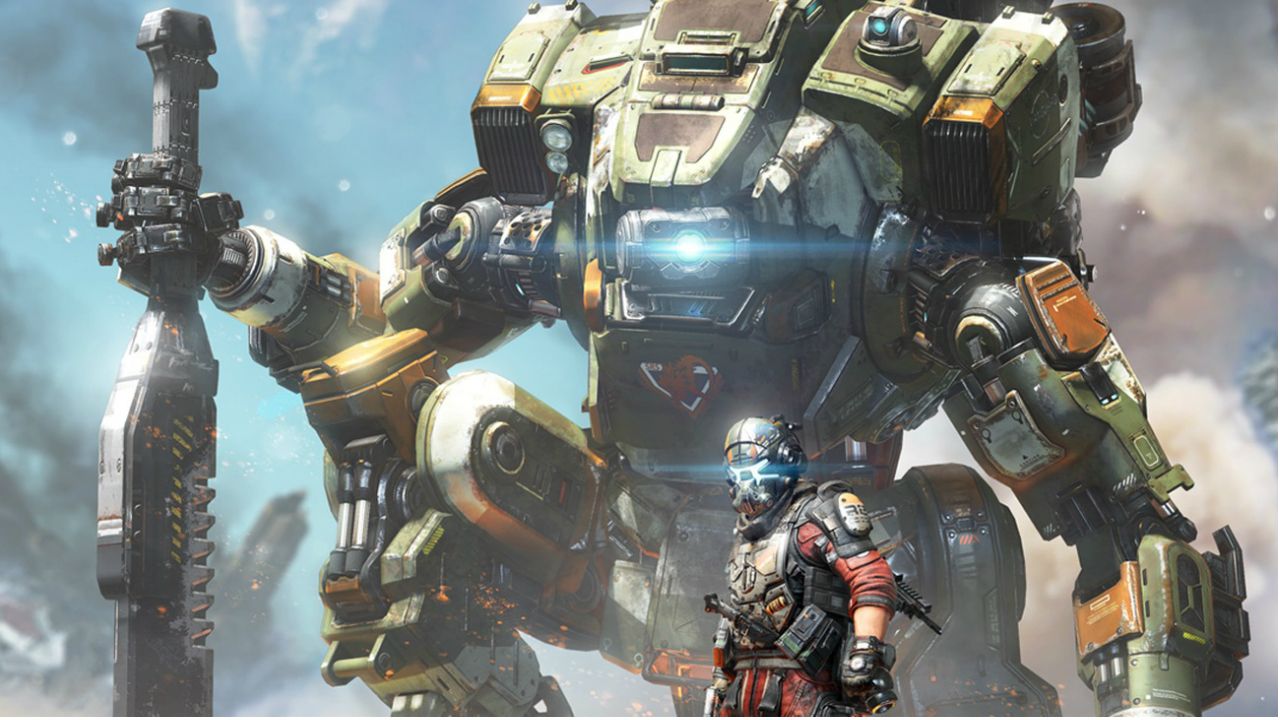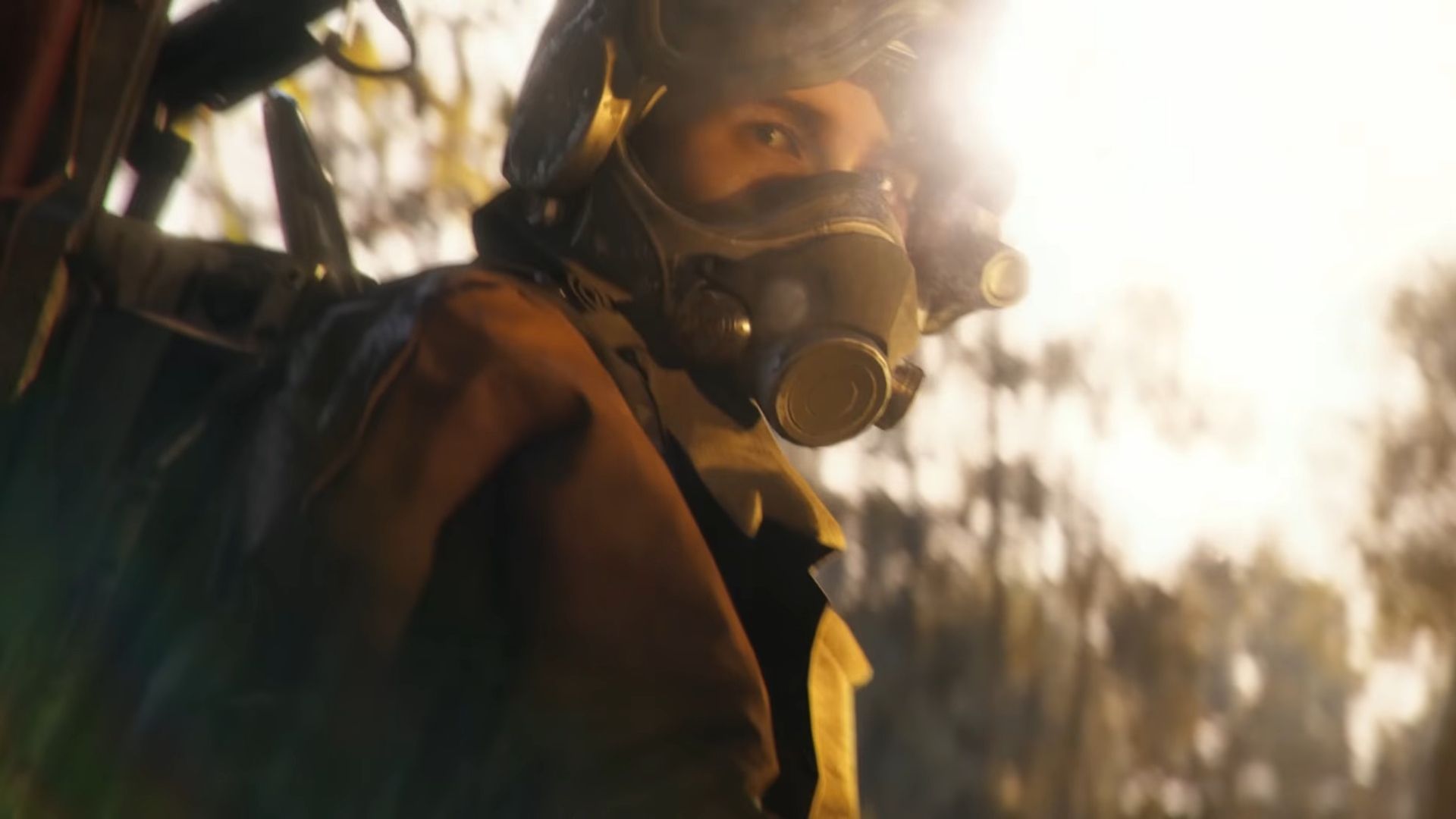
There’s been a lot of disgruntled murmurs about the current state of professional League of Legends. The laneswaps, the tower pushes, the decided lack of fighting… it all adds up to a fairly dismal viewing experience for the long-term fan. Esports’ selling points are, after all, intrinsically tied to action: ace players styling on others, wombo combos locking entire teams up in a mess of pyrotechnics. It’s much easier to appreciate a hard-won battle than it is to respect the calculations and intricate mind games involved in what is generally known as “macro play”.
But while the lion’s share of the blame is directed at lane swaps and the non-interaction they foster, the idea that they should be designed away with is preposterous. Laneswapping isn’t inherently a problem—rather, it acts as an enabler for a much healthier state of the game. Champions and strategies that would otherwise wither and die in the laning phase are made viable by good map play.
Conversely, though, there are team compositions that do want those direct matchups. And it is true that the current state of the game has leaned too far away from them. But the solution isn’t to beef up towers, or to get rid of Zz’rot Portal, or the various other suggestions meant to directly cripple laneswapping as a viable strategy. It’s better to understand that the intense focus on strategic swapping is symptomatic of more fundamental issues with this season’s design.
Risk/reward ratios
Pro play is all about min-maxing—you want maximum reward for minimal risk, because the other way around loses you games. Yes, exceptions exist within the combat-happy LPL, but IEM Katowice conclusively demonstrated that even the best Chinese teams, experts in the 5v5 brawl, will fall apart if you play the game more like Baduk than Rock’em Sock’em Robots, focusing more on map control than kill bounties.
It is, after all, safer and less risky to farm up gold by knocking over towers and minions than it is by risking your own life for a kill. Ironically, increasing the amount of gold per kill only further discourages fights between pro players—getting 500 or more per head sounds nice on paper, but you have to be absolutely sure that you’re not giving up the same, as recovering from giving up an increased kill bounty gets harder and harder.
This was as true in season 2 as it was in seasons 4 and 6, so why was it that teams back then were a lot more willing to brawl? It’s not that their understanding of the game was that much cruder back then, but a difference in gold-sourcing compared to then and now.
Neutral objectives have two things going for them: one, you can’t hide behind minion lines to go after them, and two, you need to invest heavily in wards to be able to see threats around you while you take them, which indirectly blinds you to threats in other parts of the map. As a result, going for neutrals means risking fights—and so the reward for doing so was equal to the risk taken. The Dragon objective is meant to do just that, but it’s lately been a lot less tempting now that they removed the one feature that made it such a hotly-contested objective in prior years: gold.
Yes, the dragon stacks are useful, and a team with five is almost insurmountable in fights—but when itemization is the number one factor in a team’s success, it’s no wonder that teams would much rather farm towers than hunt lizards. The same problem afflicts Rift Herald as well—yes, it helps teams push lanes and take towers too, which would on paper suggest that the Herald’s a high-priority objective. But between the high damage it applies to its attackers and the inherent risk in going after neutral objectives, it actually isn’t worth risking giving up gold to the enemy team to prioritize it.
While both Dragon and Rift Herald are at least safer sources of indirect value than going one-on-one with an enemy player, the overwhelming importance of itemization makes indirect value the same as worthless.

Waiting around
It’s not just the lack of gold to scrabble over, of course. Compounding the ‘risk’ side of the ratio is the direct cost of dying at all. Thanks to the reworked respawn timers, fights in the mid-game are a lot more conclusive than on prior patches—and this was probably the biggest design mistake so far this year.
A dead player doesn’t just reward bounty gold to the enemy team. In a lot of the recent fights, a single player’s death can snowball out of control—their removed presence means their team can’t keep the victors of a single fight from knocking over two or three towers immediately after, cementing a permanent map-wide advantage.
This only further incentivizes teams to stay the hell away from each other. The hit-and-run map play strategies also have that going for them: if you can’t take the turret right away, it’s good enough that you landed a few autoattacks on it. Your team can move elsewhere, slowly grinding away each open turret one hit at a time until something finally crumbles—either the turrets themselves, or the enemy team’s patience.
If that sounds incredibly boring to watch, it is. But it’s either this or win and lose by the coinflip that a full 5v5 brawl effectively amounts to.
Uptempo
The good news is, the fixes for the current problems in League as a spectator esport are fairly simple. It isn’t just a matter of reverting changes made either—the death timer situation, for example, might be a massive snowball, but so was the old Dragon’s ambient team gold. In the case of neutral objectives, it’s enough to make the gold bounty “localized,” or basically rewarding only those that contributed directly to taking it down.
That in itself would force interesting decision trees onto teams. While the pre-eminent importance of gold drive them to the objective, having all five of them on-location to enjoy the bounty risks giving up control over the rest of the map. Similarly, not having all of them in attendance greatly increases the odds of an ambush.
The conflict is made even greater if the exact same localized gold values are applied to Rift Herald as well as the Dragon, as it’d then double the neutral objectives teams need to control—an incredibly difficult proposition given the hard limit on wards they can push onto the map. It’d straight-up double the ambush opportunities for either side as a result.
But all of that would be meaningless if Riot doesn’t do at least one reversion: the length of mid-game death timers. This, too, has a gold cost attached: exactly equal to the items and base stats of the player knocked out and unable to defend. For the sake of spectator-friendliness, it’d probably be best if players were actually allowed to play the game.
 PC Gamer Pro is dedicated to esports and competitive gaming. Check back every day for exciting, fun and informative articles about League of Legends, Dota 2, Hearthstone, CS:GO and more. GL HF!
PC Gamer Pro is dedicated to esports and competitive gaming. Check back every day for exciting, fun and informative articles about League of Legends, Dota 2, Hearthstone, CS:GO and more. GL HF!


